Today wraps up our July 2012 blog theme on entering new markets with one last question that is often on the minds and in the discussion of management leading the charge for growth: “What is the time horizon I should set when entering a new market before expecting to see results in my Income Statement/P&L?”. The answer to the question starts with setting the critical few-maximum eight- strategic performance indicators (SPI) which reflect how well the strategy is progressing- taking into account both leading and lagging information. The expectations must be based on your most accurate strategic assumptions combined with as close to real-time market data as you are able to assemble. As we have discussed in the last few posts- general data is not enough- rather getting to the specific data needed and blending this with the strategic assumptions resulting in a budget that most responsibly reflects both the opportunities and risks within the new market. One area you can refer to in validating timing horizions is to compare them with your overall strategic time-frame- when revisiting the time-frame horizons of the company, group, or business unit- how well does that reflect on your expectations within the early stage/emerging market(s)? The second tool you can use in preparing timing horizons and expectations is in creating a product/market matrix by quarter or year which is linked to a detailed project plan- do the numbers you are predicting in sales correspond with the timing in setting up the infrastructure necessary to serve the target customers? If you are working with a recently acquired company, a distributor, or JV partner- are their timings to reach key milestones realistic? Ask to see their assumptions and cross-check them against your own- and where you identify variation initiate a discussion and process to resolve. Lastly- ensure your risk and protection plans for the new market are both up-to-date and have involved data from the source (internal and external) and departments within your company or group best able to answer the questions of how to mitigate risk in your new target market both short and long-term. The risk plan is an area in which you need to stress-test the overall project/program to enter the new market- this will be a very valuable tool in setting the time horizons which are realistic for your board and shareholders and the overall performance of the company and new business unit. Thank you to all for your comments and feedback which are taken very seriously by our editiorial team- we look forward to seeing you visiting shortly for our new August themes.
Entering New Markets: Timing Horizons for Emerging Markets

- July 31, 2012
Blog Post
Related Articles
Lorem ipsum dolor sit amet, consectetur adipiscing elit. Suspendisse varius enim in eros elementum tristique.
November 22, 2012
Helping customers without destroying your balance sheet Companies must understand the value clients derive from their...
July 16, 2012
As “traditional” economies for many companies are stalling for growth a common theme for many organizations is to look...
Decision Making,
Articles and Insights - Strategic Transformation,
Customer Insights,
success,
Product,
Strategy,
CEO,
risk assessment,
Digital Transformation
September 21, 2023
Every year, 72% of all new released products fail to reach market projections.
Blog Post CTA
H2 Heading Module
Lorem ipsum dolor sit amet, consectetur adipiscing elit. Suspendisse varius enim in eros elementum tristique.
Subscribe for
Our Blog
Lorem ipsum dolor sit amet, consectetur adipiscing elit. Suspendisse varius enim in eros elementum tristique.



